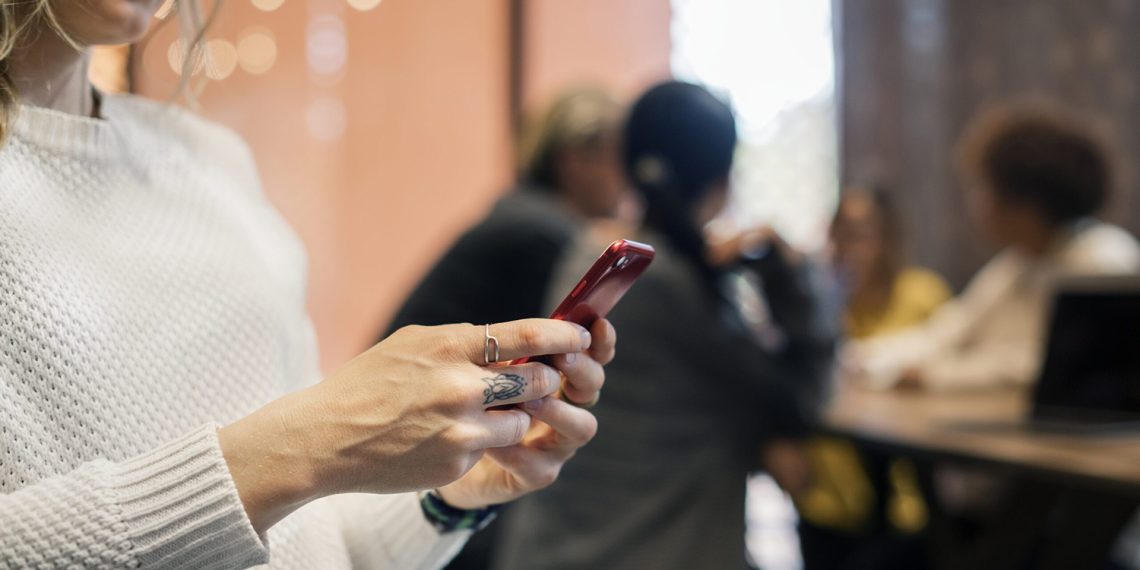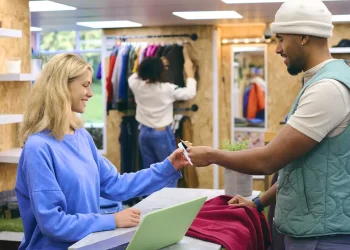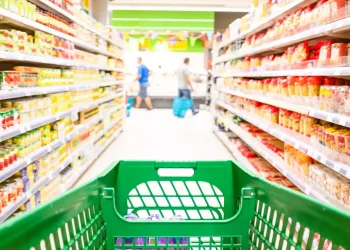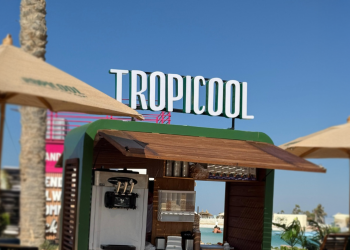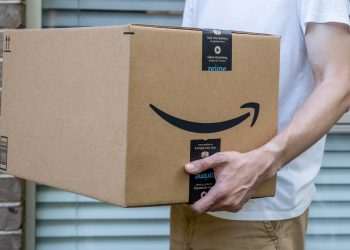One in four banking transactions is now carried out using a cell phone in Brazil. This is what the Febraban Banking Technology Survey released this Wednesday, the 11th, at Febraban Tech, a technology and innovation event for the financial sector that is being held this week in São Paulo, shows. The survey was conducted with 17 banks that represent 80% of the country’s banking assets.
The total number of transactions made in 2024 exceeded 200 billion for the first time. This number is double the number recorded five years ago. The main factor behind this growth, according to Rodrigo Mulinari, director responsible for the Febraban Banking Technology Survey, was precisely the increased use of mobile phones in transactions.
“Mobile phones now account for 75% of all banking transactions in Brazil. In addition, users use their mobile phones more often,” he said. The so-called “heavy” mobile users, that is, those who are most adept at using their mobile phones for banking transactions, make an average of 55 transactions per month. Last year, the average was 48 transactions per month.
Pix growth
According to Mulinari, cell phones are used in both transactions with financial movement and those without movement. However, those with movement are growing more than consultations. Companies have also increasingly used cell phones for banking operations, a movement that is largely driven by MEI (individual microentrepreneurs).
Pix continues to register strong growth, both in mobile and internet banking. According to the survey, there is a reduction in the use of debit cards due to the migration to Pix. The users who use it the most make up to 30 Pix transactions per month. The use of credit cards continues to grow. Similarly, contactless payments are on the rise, according to the Febraban Banking Technology Survey.
Cell phones as a purchasing channel
Cell phones have also become the main purchasing channel for Brazilians in classes D and E: 49% of purchases made by this audience are now made through the device, exceeding the national average of 46%. This behavior follows a broader trend of increased consumption.
According to the survey “Invisible Brazil: Insights on low-income consumers”, 59% of Brazilians with an income of up to two minimum wages say they will increase their spending in 2025, the highest percentage among all social groups. Only 6% intend to reduce their expenses, demonstrating a moment of confidence and a desire for inclusion in the market.
Conducted by Data-Makers in partnership with the NGO Gerando Falcões and ESPM, the survey interviewed more than 2,400 people between April and May of this year, 1,331 of whom were from classes D and E, in a representative sample of all regions of the country.
Image: Envato
*This text was translated by AI


